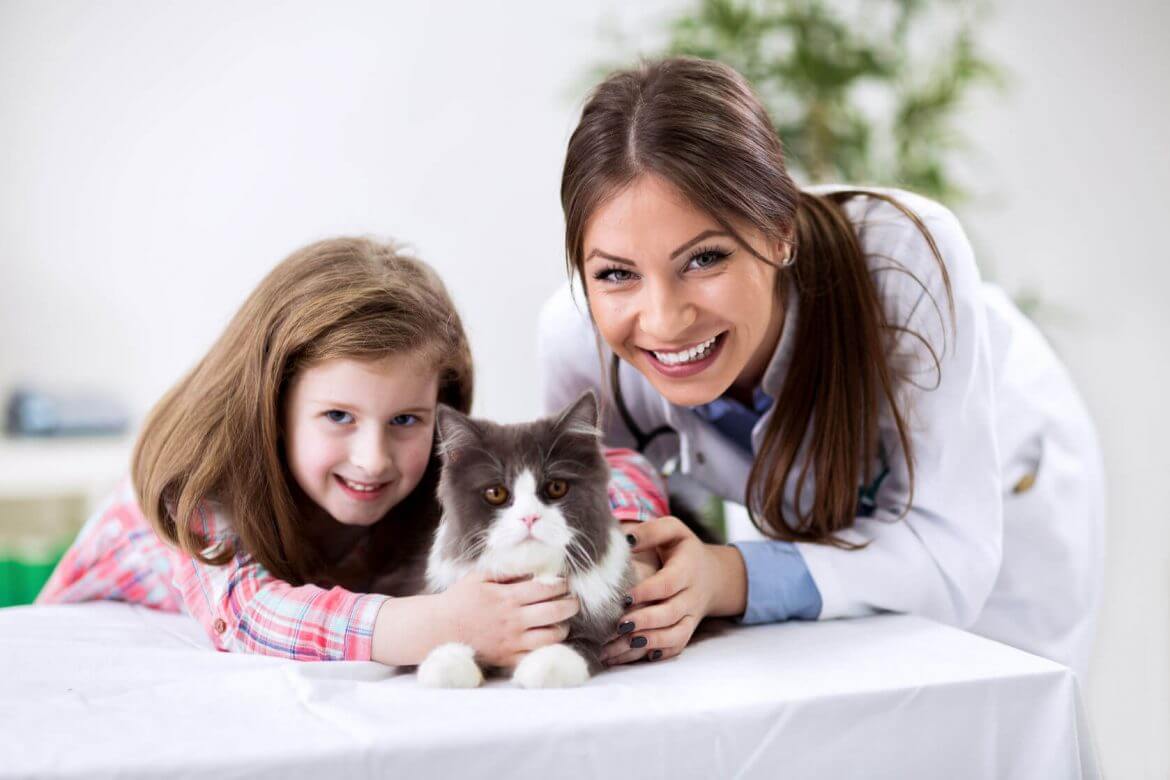Cat Health Check
PIA Australia
September 12, 2016
This is a simple guide to check if your cat is in top health, from noticing common complaints and problems to understanding symptoms that could require veterinary assistance.
For cat lovers it’s no wonder why these delightful creatures are such a wonderful addition to any home. Cats seem to have an uncanny nature to always know when to snuggle, when to sit on your computer (signalling a coffee break), or just to bring out the silly in any situation.
Cats are however, masters at hiding their pain or disguising when something is not quite right.
Behaviour
If your cat shows signs of sudden and unusual behaviour it is a good idea to arrange a health check with your local veterinarian. A change in behaviour, especially a sudden onset, can signal an underlying health condition that will need attention. Remember that even the annoying behaviours (such as obsessive scratching or urination) can signal a problem that can be helped with some behaviour modification, understanding, and in some cases, medication. The sooner you get to the source of your cat’s behavioural change, the easier the problem will be to rectify. Behaviours to be aware of include:
- Obsessive biting of limbs or licking
- Excessive thirst or urination
- Unusual urination or defecating
- Spraying / marking
- Excessive yowling
- Flickering eyes
Basic Cat Health
Cat’s love nothing more than the feeling of their beloved human’s hand on their coats. Take this opportunity to have a weekly check-up of your cat. They will simply love you for it. Plus, if you get your feisty kitten use to this type of check-up, it will make vet visits much easier for you, your cat, and your vet.
- Coat – examine the coat for missing fur, mats or knots. Also take a look at your cat’s coat. Is it dull and lifeless or lovely and glossy? Many cats will go through ‘malting periods’ as the seasons change. Every cat regardless of their coat length will benefit from a weekly groom.
- Eyes – check your cat’s eyes. They should be clear with no discharge or redness. If you suspect that your cat is suffering from any eye irritation a check-up may be in order. Get to know your cat’s eyes and check them weekly. If you want to clean your cat’s eyes of any dirt, only use saline or water. In a circular motion wipe towards your cat’s nose and always use a clean cloth for each eye.
- Teeth – this may be easier said than done, but getting your kitten use to you having a weekly inspection is a good idea. Check for any cracks, chips or darkened teeth. Your cat’s breath shouldn’t be overly pungent. If it does smell, it could signal a concern with the teeth or gums. Gums should be pink and healthy.
- Paws & Nails – Most cats hate having their paws touched, but with patience you can teach your kitten that this experience is a good thing… think treats and go slow (consistency is the key to desensitise the feeling). Gently push out your cats claws and check for splits or ingrowing nails. Getting your kitten used to nail clipping is a great idea. Have your local veterinary show you how to best clip your pet’s nails. Feel your cat’s paws and legs, if you notice any unusual swelling or cuts, keep an eye on the problem area. If the area feels hot to the touch, a trip to the vet may be in order, particularly if your cat has recently been in a cat fight.
A BIT ABOUT THE BLOGGER:
Nadia Crighton is a well-known and accomplished Australian Journalist and pet magazine Editor. As a busy mum of four humans, two dogs, 50 sheep, one cat, a handful of chickens and a goat named Billy (not forgetting the three axolotls!), she simply adores pets of all shapes and sizes. These are her personal thoughts and advice from many years of pet-ownership and working within the pet industry.

8 Comment